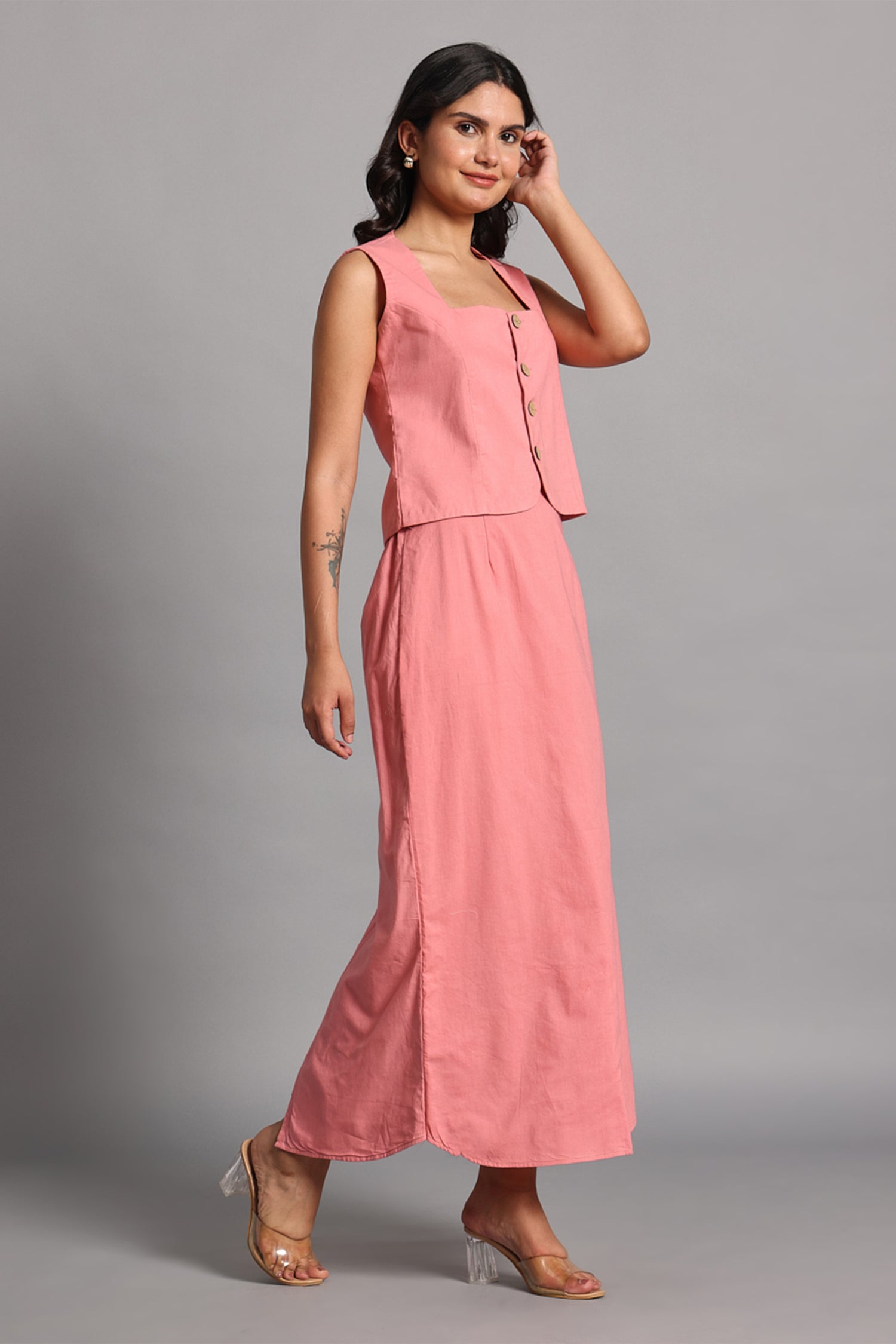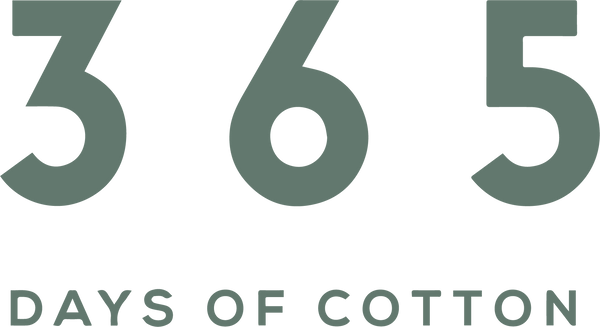Stripes have a rich history and have been a prominent feature in fashion for centuries. Their evolution is fascinating and reflects broader changes in style, culture, and societal norms.
Historical Overview

- Stripes were initially associated with certain societal roles or professions. In medieval Europe, striped garments were often worn by jesters, criminals, or people in lower social classes, as stripes were considered garish or disruptive.
- In the Renaissance, stripes were sometimes seen in the attire of dancers and entertainers, and in some cases, were used in the clothing of the wealthy to display their opulence.

- Stripes became more accepted and fashionable in the 18th century, particularly in men’s wear. Naval uniforms, for instance, featured horizontal stripes which became synonymous with the maritime profession.
- In the 19th century, stripes were popularized in various ways, including the use of striped fabrics in clothing for sports and leisure activities.

- Stripes became more prominent in the early 20th century fashion. Coco Chanel famously popularized the Breton stripe (horizontal stripes) with her nautical-inspired designs, which became a classic look in women’s fashion.
- In the 1920s and 1930s, stripes were seen in a variety of contexts from casual wear to high fashion, reflecting a growing acceptance of bold patterns.
Stripes in Contemporary Fashion

- Today, stripes are ubiquitous and can be found in virtually every style and season. They’re seen in everything from casual wear to high fashion collections.
- Designers experiment with stripes in various ways, including asymmetrical patterns, varying widths, and unexpected color combinations. This allows stripes to remain fresh and relevant in contemporary fashion.
- Stripes are used to convey different messages or themes. For example, in streetwear, stripes might be used to evoke a sporty or retro vibe, while in high fashion, they may be part of avant-garde or artistic expressions.
- The use of stripes also varies globally. For instance, the pinstripe suit is a staple in professional and business attire, while bold, multi-colored stripes might be more common in casual or summer clothing.
- In recent years, the fashion industry has also seen innovations in striped designs through sustainable and ethical fashion practices. Designers are exploring eco-friendly fabrics and methods while still incorporating classic patterns like stripes.
Overall, stripes have transitioned from being seen as a sign of rebellion or lower status to becoming a versatile and stylish pattern embraced across different fashion contexts. Whether in classic designs or avant-garde collections, stripes continue to be a dynamic element in the world of fashion.


